The Journey of the Brunel Museum
In November 2020, the position of Director of the Brunel Museum in Rotherhithe, South London, became available during an unprecedented time. Katherine McAlpine stepped into this challenging role amidst a global lockdown, uncertain whether the museum would remain open or how it would navigate the dire circumstances posed by the pandemic.
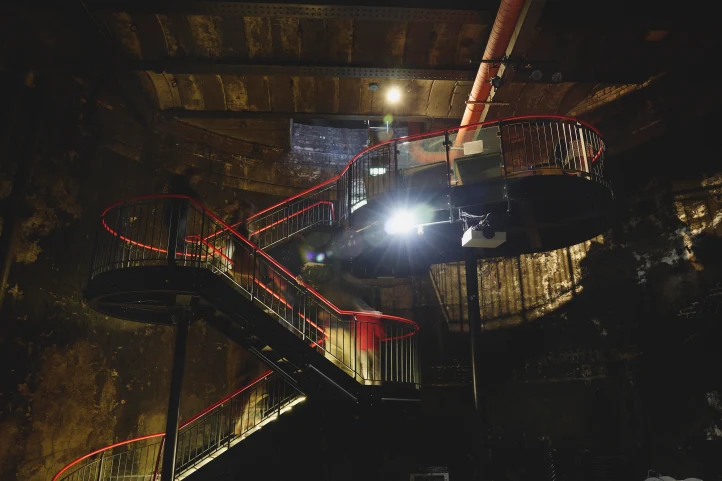
Fast forward four years to a particularly rainy day, some 200 years after the initiation of the Thames Tunnel construction, where the discussions around the role of small museums and their contributions to the community unfold.
Reflections on Challenges and Opportunities
Taking charge of a museum during the throes of Covid-19 brought its own set of hurdles, tinged with unique opportunities. Reflecting on her journey, Katherine noted, “If one of the demands of your role is to bring about change as a leader in settings like this, you realize that quite a lot of change has already occurred.” This perspective illustrates how external pressures can lead to essential transformations within institutions.
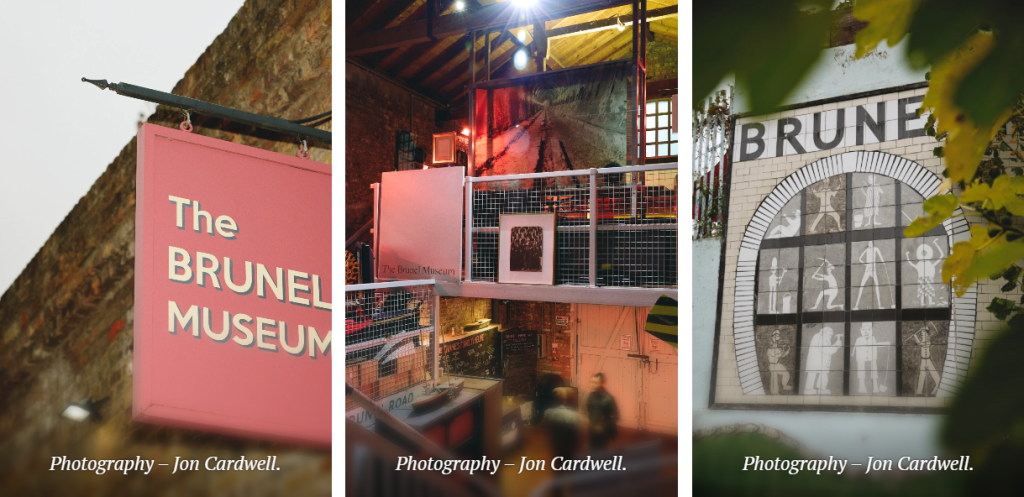
Why the Brunel Museum?
The Brunel Museum is an independent establishment, relying significantly on volunteers and opening its doors to the public in 1975. Focusing on the thrilling history of the Thames Tunnel—renowned as the world’s oldest underwater tunnel—the museum not only provides a glimpse into engineering marvels but also explores the Brunel family’s legacy of innovation and resilience.
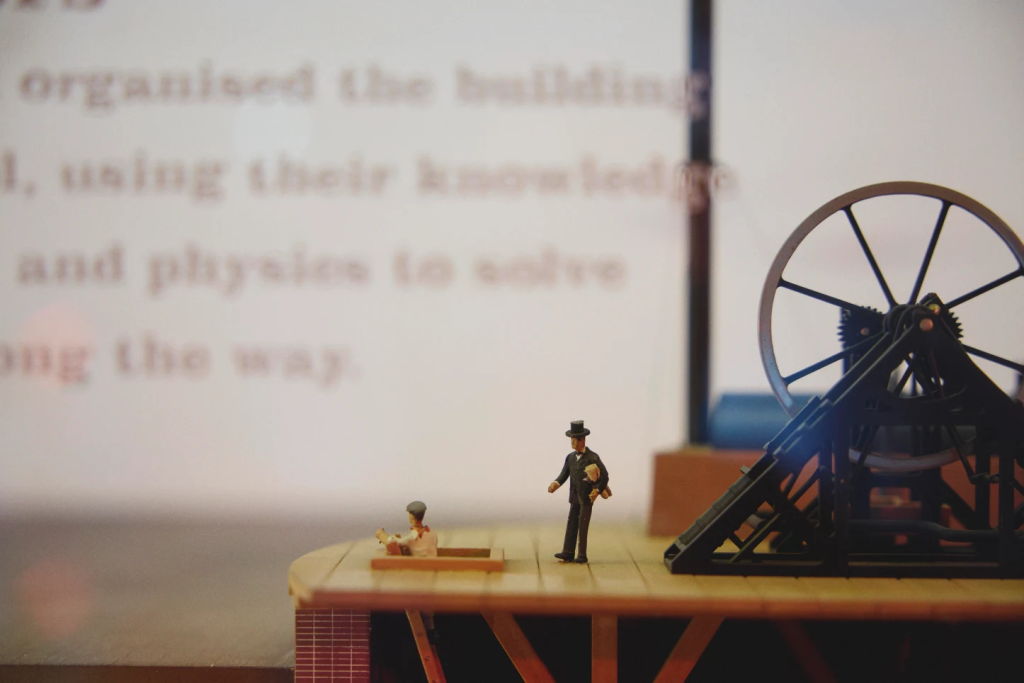
Connecting STEM and Heritage
With a background steeped in STEM and heritage, Katherine’s affinity for the engineering insights embedded within the museum’s narrative made her an ideal fit. This role allows her to engage with London’s historical story intertwined with the anecdotes of working-class individuals who played significant roles in the museum’s history.
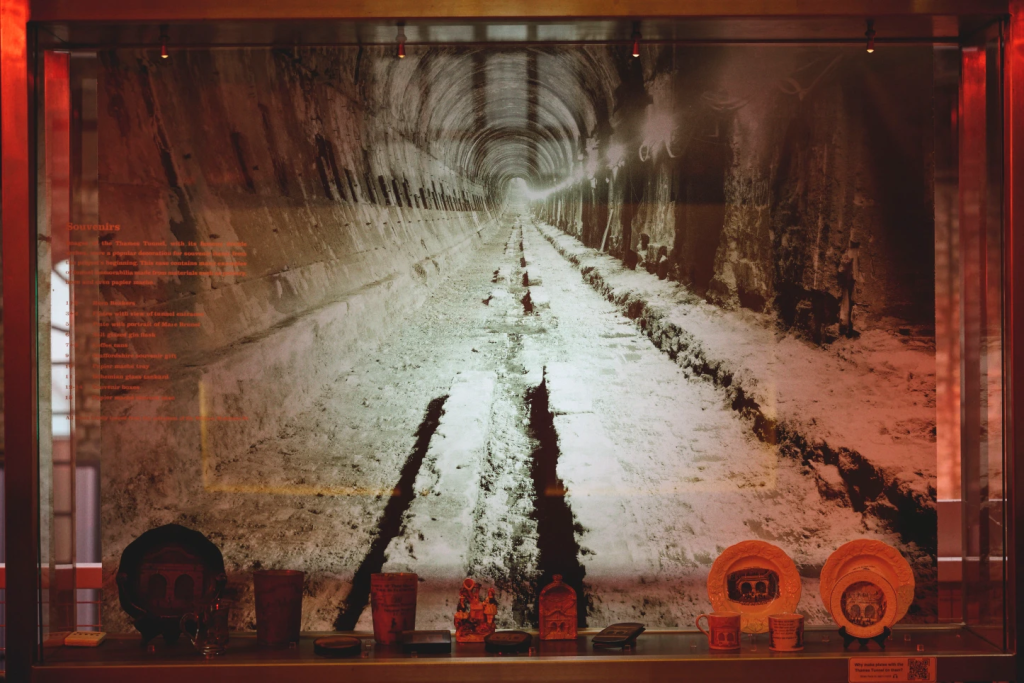
Pursuing Marginalized Histories
Katherine aims to amplify the narratives often overshadowed in traditional storytelling—particularly the experiences of those who contributed tirelessly yet remain unheard. She expressed a strong desire to challenge the ‘Great Man’ narrative, bringing forth the stories of the laborers who built the Thames Tunnel.
Her commitment shines through as she emphasized the importance of collective stories rather than solely focusing on singular historical figures. With a nod to Alice Wrowe from the National Maritime Museum, Katherine found assurance in narratives that weave together diverse threads of history without needing pinpoint accuracy on every detail.
Strategic Developments Ahead
Initially focused on the museum’s survival, Katherine also sought to secure funding for the ‘Brunel Museum Reinvented Project,’ set to enhance the historic structure, improve visitor amenities, and accommodate an impressive collection commemorating Marc Brunel’s watercolor designs of the Thames Tunnel.
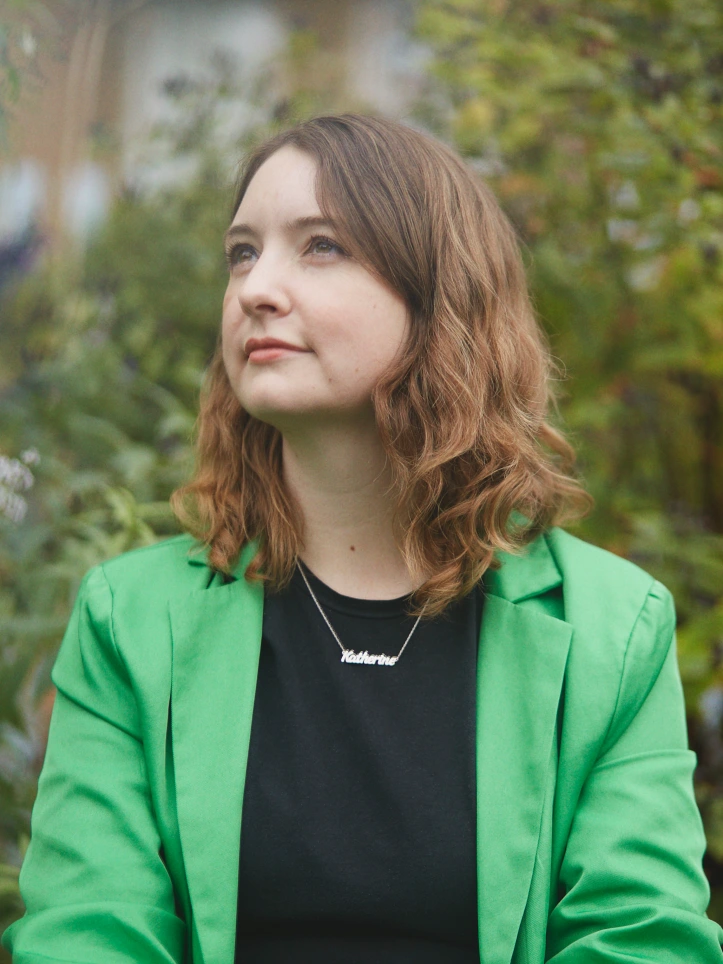
As preparations began to take shape, the excitement from the team was palpable: “It’s thrilling to see how invested my colleagues are in our plans,” she noted, illustrating the spirit of collaboration vital to the museum’s future.
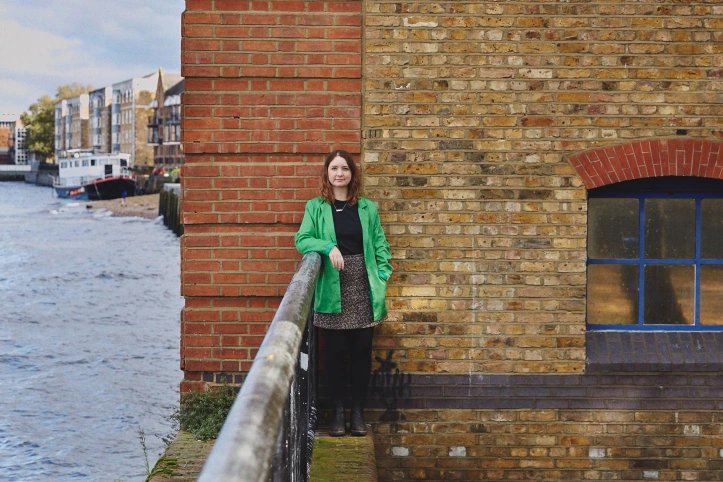
Community Engagement Initiatives
Discussing the role of community, Katherine highlighted the importance of understanding the diverse socio-economic landscape surrounding the museum. It’s crucial to discern the various communities connected to the museum—engineering professionals, local residents, and volunteers, all representing distinct segments of society.
She observed, “Defining who you mean by community is so necessary,” a sentiment that resonates deeply in cultural institutions, often struggling to engage wider audiences. Listening to the ‘quieter voices’ within the community fosters inclusion and strong bonds.
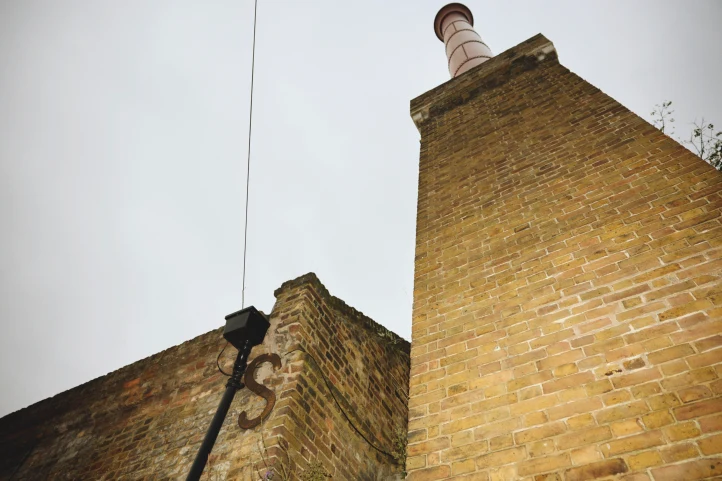
Enhancing Visitor Experience
Acknowledging staff feedback regarding the upcoming enhancements, one of the highlighted needs was the basic infrastructure improvements—something as simple yet essential as new restrooms. Simple amenities significantly elevate the experience for staff, volunteers, and visitors alike, reinforcing the need for investments beyond grand projects.
Insights from a Unique Role
The role of a small museum director necessitates wearing multiple hats; the individual must be involved in every aspect of operation. Katherine voiced her enthusiasm for making things work efficiently for diverse audiences, furthering their engagement and educational objectives.
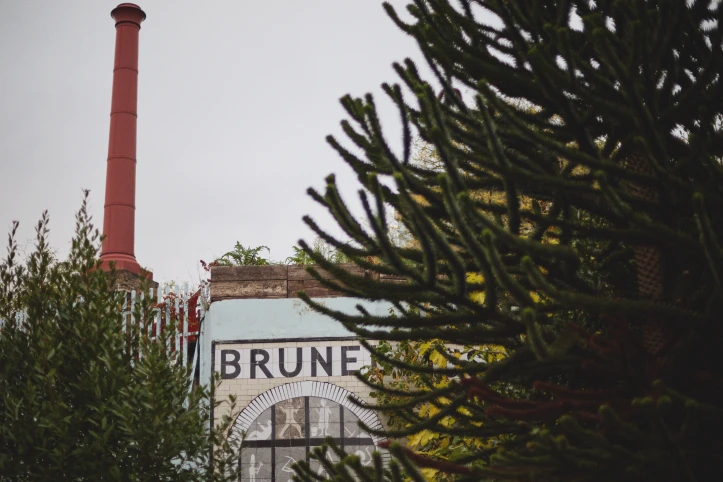
Understanding the day-to-day challenges requires a willingness to get hands-on, a sentiment encapsulated in her experience of dealing with unforeseen events during staff onboarding. “I found myself cleaning up sick on the front step just before a new hire’s first day—proving that sometimes it’s all hands on deck in a small museum setting,” she recounted humorously.
Navigating Leadership Challenges
Balancing operational necessities with strategic guidance can be tricky, with many distractions pulling a director’s focus. However, taking those necessary moments to reflect on the wider picture helps decrease feelings of overwhelm. “It’s about piecing together all the little things while ensuring nothing slips through the cracks,” she noted.
Gender and Age in Leadership
As a young female director, Katherine’s presence challenges traditional expectations in leadership roles. When questioned about preparedness for directorial responsibilities, she remarked, “You’re never ready.” This insight reflects the complexities young professionals encounter, often feeling pressured to meet qualifications before applying for significant positions.
Her experiences raise critical questions regarding the qualifications needed for women and younger individuals in leadership roles, with conversations happening around gender equity and inclusivity in museum leadership.
Commitment to Change and Sustainability
Katherine’s tenure has also placed a spotlight on sustainability, demonstrating a dedication to marrying growth and responsibility in museum practices. “Museums are products of the societies they operate in,” she remarked, advocating for a sustainable approach that embraces thoughtful growth.
Discussing funding, she brought up the necessity of creating a robust cultural sector that doesn’t rely on questionable sponsorships, encouraging conversations that promote social consciousness.
Acknowledgments and Future Aspirations
The conversation culminated with recognition of Katherine’s recent accolade as a ‘Radical Changemaker’ by the Museums Association. This acknowledgement serves not only as a testament to her achievements at Brunel Museum but also underscores the importance of employing ethical practices focused on local workforce enhancement and climate activism.
As rain continued to fall on that dreary day, it became evident that the role of a director transcends operational responsibilities. It involves curating hidden stories, advocating for diverse perspectives, and fostering community connections. Through these efforts, initiatives like the Brunel Museum continue to thrive against the odds.
The challenges posed by leadership in small museums highlight the necessity for committed individuals ready to drive change. While tales of small museums like the Brunel Museum are abundant, personal experiences remain pivotal. Utilizing platforms like GetTransfer, travelers can ensure a smooth journey to these hidden cultural gems, enhancing their connection to local stories and histories.
To navigate the maze of transportation options while visiting, remember that with GetTransfer, it’s simple to choose your ride—a reflection of transparency and ease, fulfilling the need for personalized travel experiences. Start planning your next adventure and secure your worldwide transfer with GetTransfer. GetTransfer.com

Comments